

Innergie C6 Duo USB-C charger review
source link: https://dancharblog.wordpress.com/2022/06/23/innergie-c6-duo-usb-c-charger-review/
Go to the source link to view the article. You can view the picture content, updated content and better typesetting reading experience. If the link is broken, please click the button below to view the snapshot at that time.
Intro
The Innergie C6 Duo 63W USB-C charger had an initial launch back in December 2020 for the Taiwan market with and was made broadly available worldwide in mid 2021. I was not familiar with the brand until they reached out to me to do a review. Innergie is a division of Delta electronics, a major electronics component manufacturer founded in 1971 and based in Taiwan. I’ve used several Delta products over the years including Dell and HP laptop power bricks and various cooling fans. I’ve never had a problem with them and never really thought about the brand at all. That’s really the way good power supplies are – you don’t even think about them. But I’m a big nerd and have been thinking about this Innergie charger a lot during the past two months since I received it.
Full disclosure: While this is not a sponsored post, the products reviewed were provided at no cost for evaluation purposes. Products received in this capacity are destined for teardowns, future device interoperability testing, and/or charitable donations.
Feature Summary
- non-detachable 2-prong USA-style AC/Mains folding power plug (International variant has 4 twist-on adapters)
- 100-240V universal AC input
- 2 USB-C ports (1x60W or 1x45W+1x18W or 2x30W)
- PD 3.0
- QC 4.0 compatible
- 5V/3A, 9V/3A, 12V/3A, 15V/3A, 20V/3A
- PPS 5V-11V
- “Dynamic power allocation”
- “Innershield” for OCP, OVP, OHP and SCP
- 3 year warranty
Unboxing and Physical Characteristics
Everything about the packaging and product itself feels high-quality. The charger is super dense and the plastic is smooth with no visible mold seams. Folks with disabilities might not like the smoothness since there is some potential for it to slip out of your hands, but there is raised Innergie lettering on the two largest sides which makes it a little easier to grip when plugging and unplugging.
The AC/mains prongs fold in and stay put but are easy to flip open with a thumb. When plugged into an AC/mains outlet, the charger doesn’t sag away from the wall thanks to its low weight and compact size minimizing the torque applied to the AC/mains socket internals. Due to the position of the AC/mains prongs, it won’t obstruct a second AC/mains receptacle in an 2-gang outlet. And due to its 30.5mm width, it won’t obstruct adjacent receptacles in most power bars.
The two USB-C ports are spaced ~9mm apart which makes plugging in thicker cables easy, but also allows the two cables to be bundled together for simple routing.
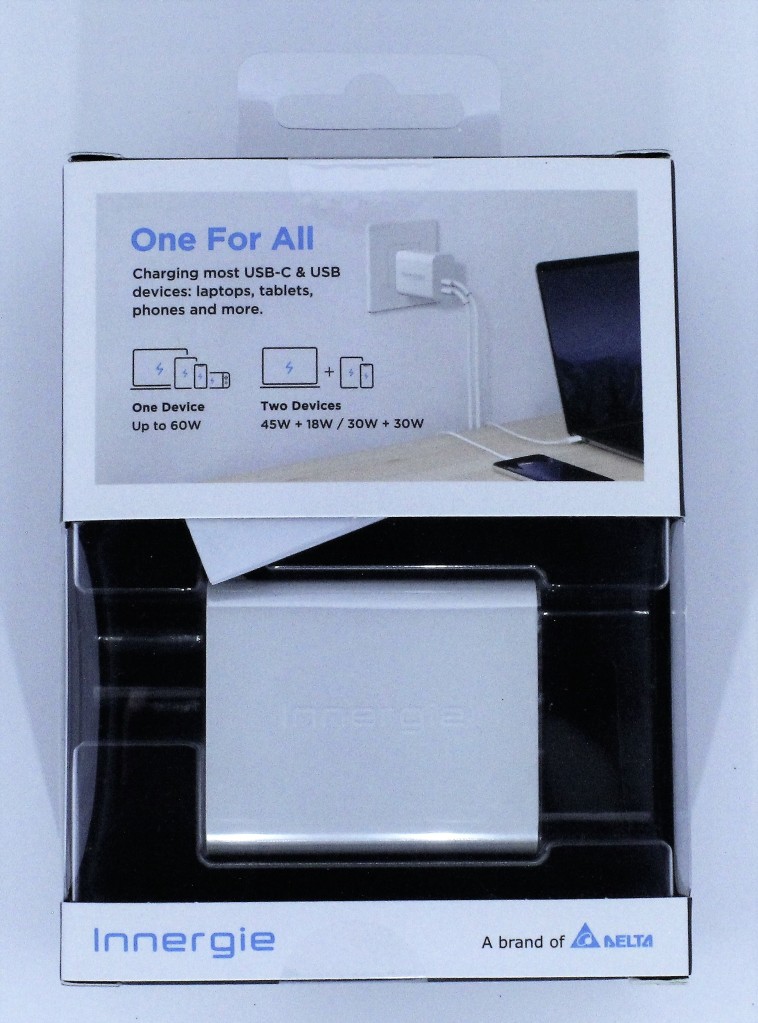

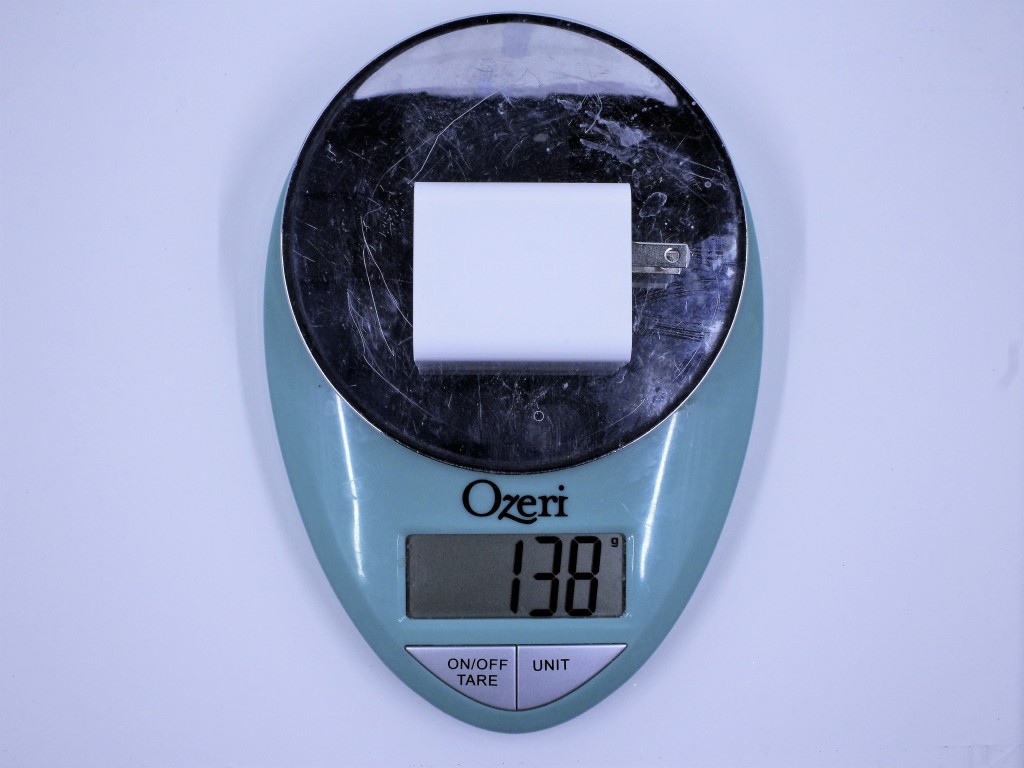
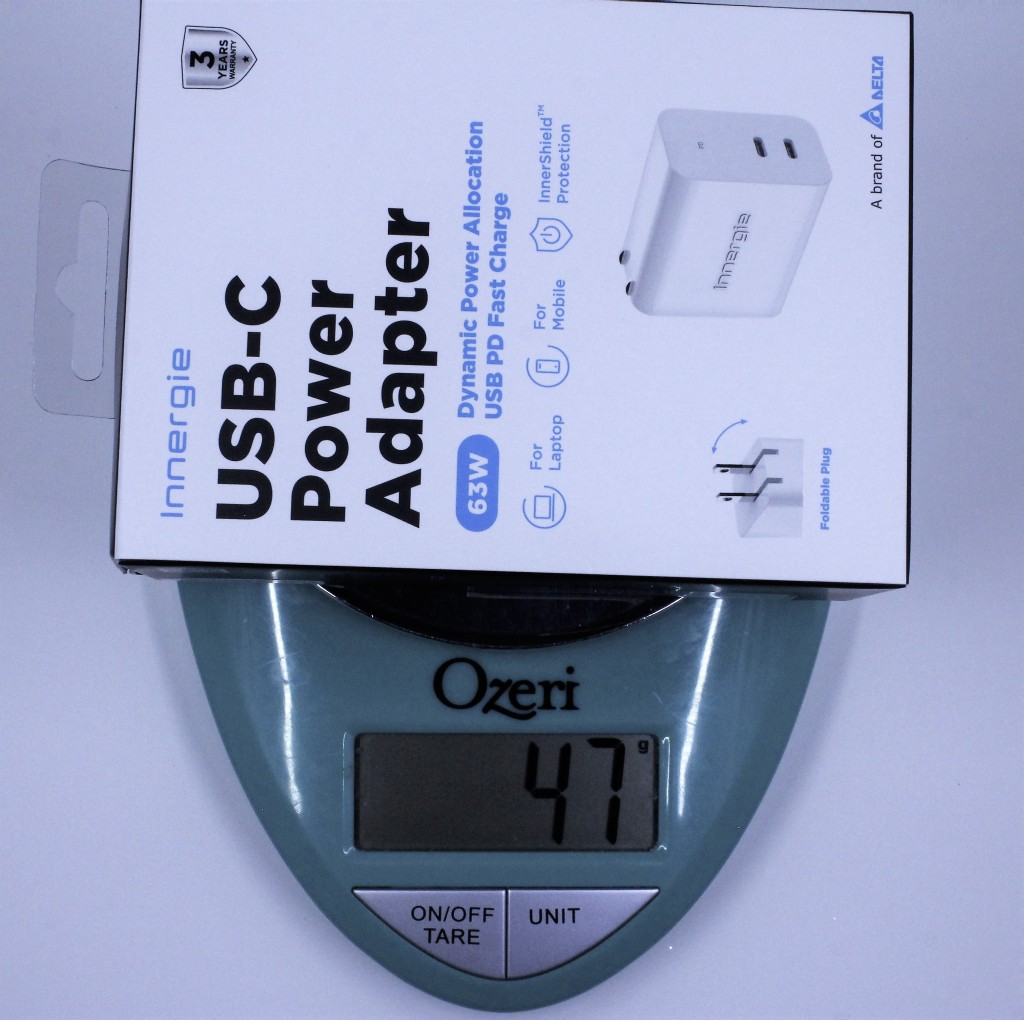
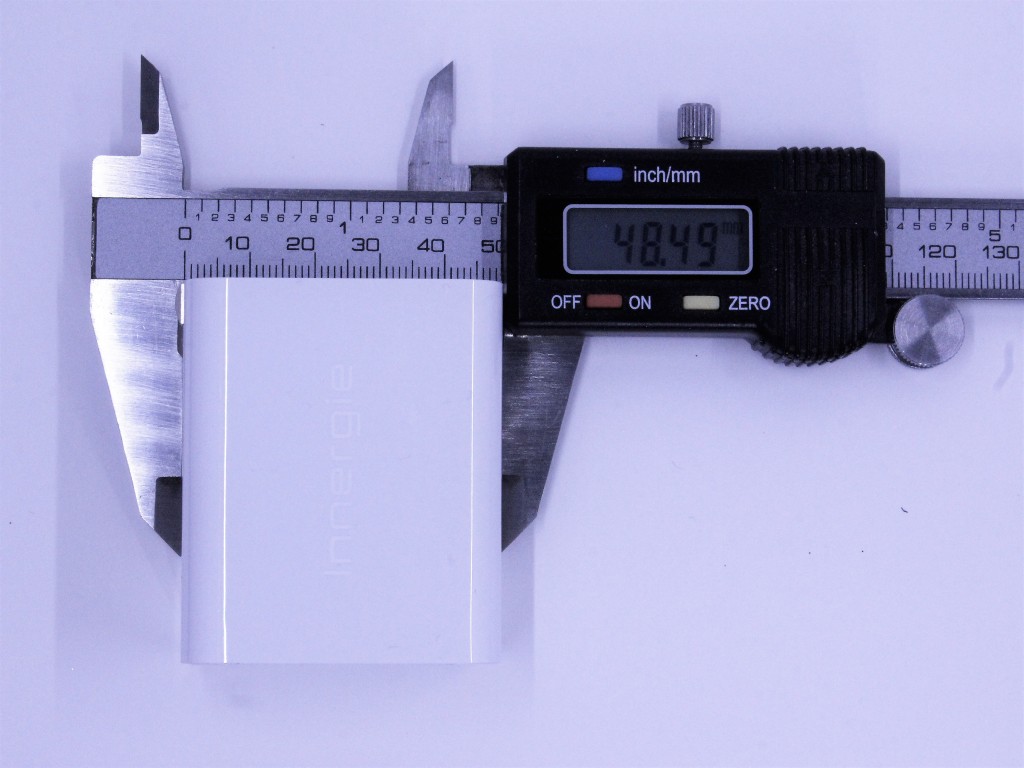

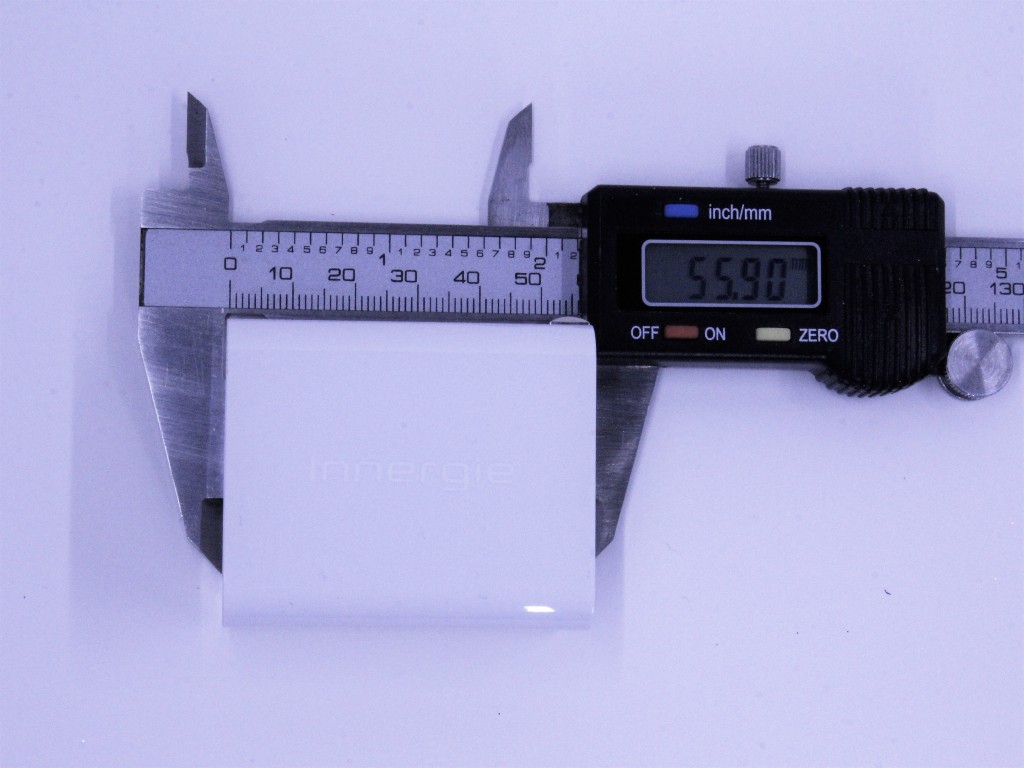
Teardown
Cutting into so many molded plastic products with a Dremel tool is getting tiresome so I’ll leave that for another day…
Testing
I connected several different devices including Motorola/Google Android cellphones, an old Windows phone, two Surface laptops, and a generic USB-C PD trigger with dummy resistive loads to test all the manufacturer’s claims. 5V, 9V, 12V, 15V, 20V all worked OK per the specs and I was able to achieve close to 60W in both single device and dual device configurations. I’ve posted some photos below showing a few instances. For smarter devices that support PPS charging, the C6 Duo can negotiate fine-tuned voltages between 5V and 11V to really dial in the ideal charge conditions. I don’t have any PPS-capable devices so I’ll have to trust Innergie’s claims on that.
Comparing my AC/Mains power meter to my USB-C PD meters, efficiency ranged from ~87% with a 5W load to ~89% with a 60W load. Innergie claims up to 91% efficiency which I was unable to demonstrate – but this could be due to my consumer-grade test equipment. Either way, I don’t think this charger is based on the latest GaN technology. Curiously, the Innergie peaked at 54°C which was a lower temperatures than a latest-gen GaN charger from another brand I recently tested.
Innergie claims robust overcurrent, overvoltage, overheating, overpower, and short-circuit protection via their “Innershield” branding. I don’t have the proper equipment to test all of these claims but I was able to trigger an immediate shutdown/reset by applying a 5 ohm resistive load and initiating 20V charging with a PD trigger – I assume this was the overcurrent protection kicking in.
For more details on overcurrent and efficiency testing of teh C6 Duo, please see WolfLSI’s review.
The key differentiating feature of the C6 Duo is what Innergie calls “dynamic power allocation”. Either port can be used for 60W unlike other chargers where only one port can do 60W and the other port is limited to 15-18W. So you never have to worry about plugging into the wrong port or swapping cables around. There is some clever power management happening too – a laptop can be charging at ~60W but when you plug a cellphone into the other port, it automatically switches the laptop down to ~45W to free up power for the cellphone. This feature worked well for me when I wanted to quickly top-off my cellphone battery but still keep my laptop powered while preparing for a meeting.
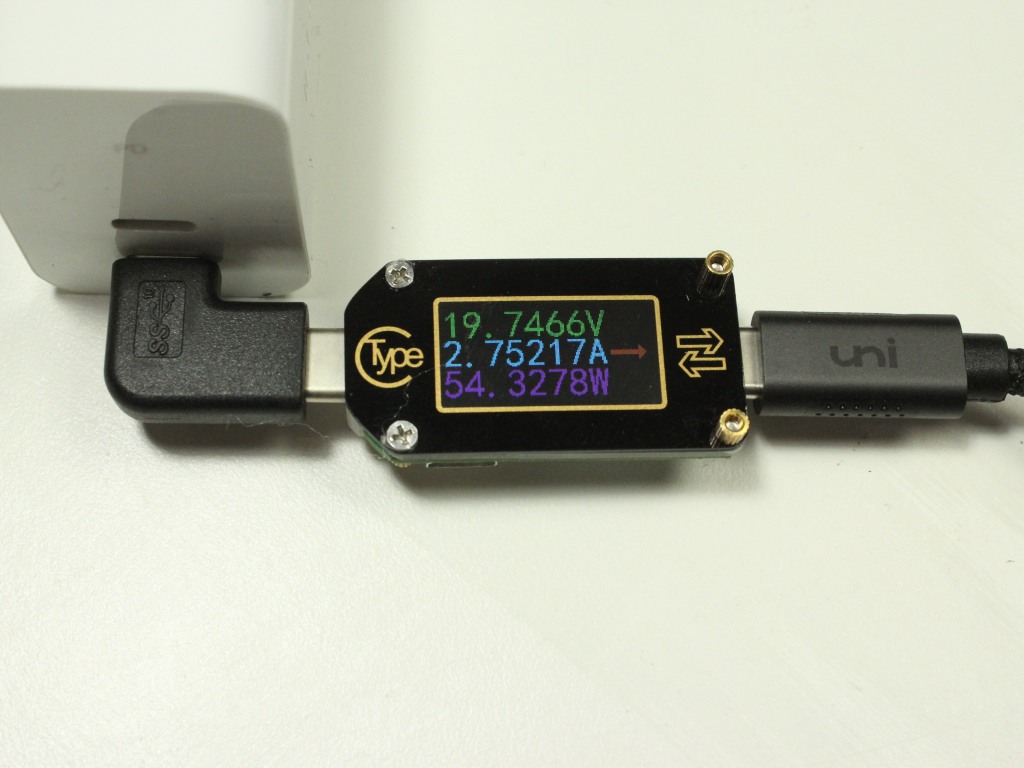

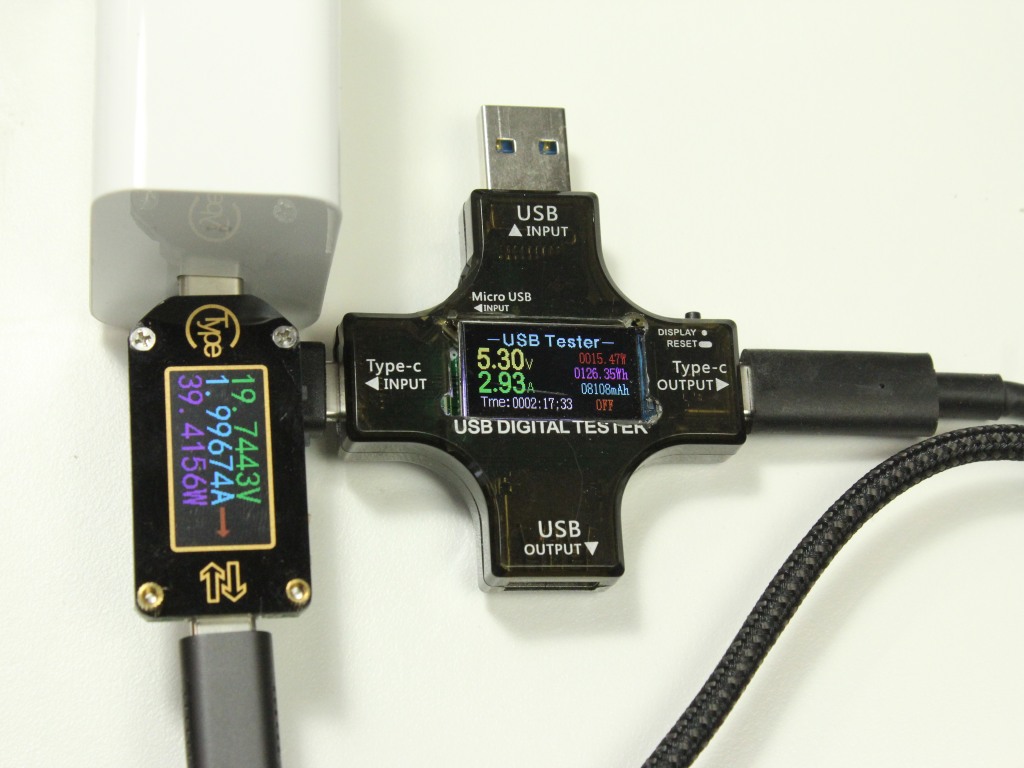
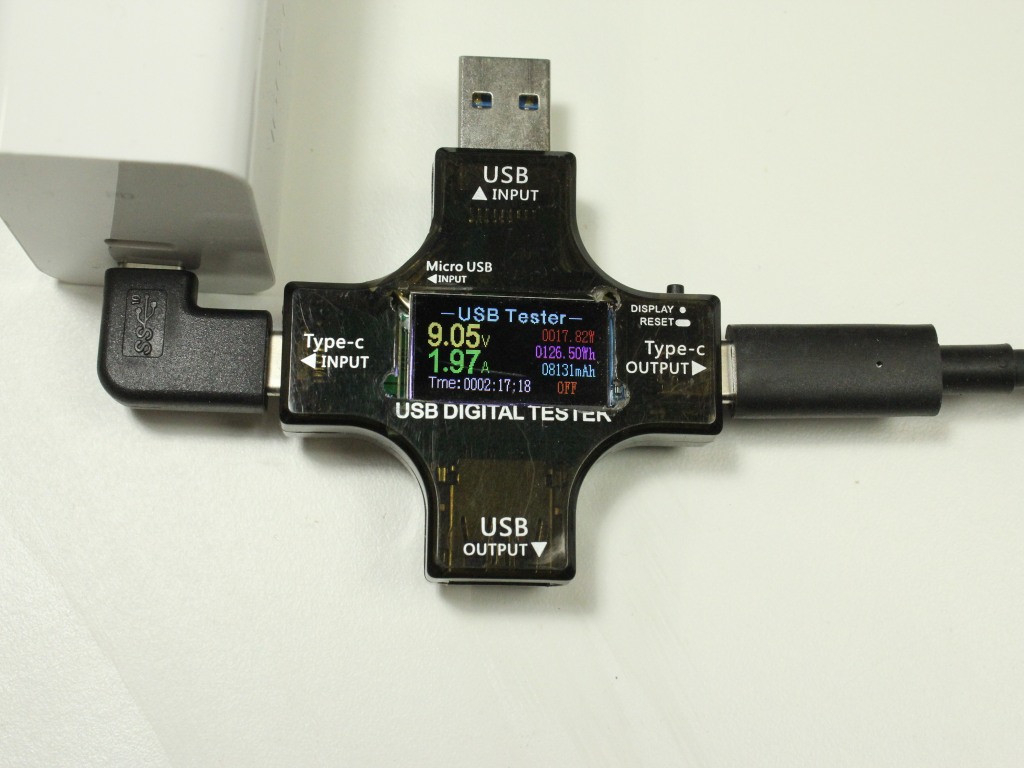

A minor issue with some USB-C hubs & “passt-hrough” charging
One issue I had with the C6 Duo was using it with portable USB-C hubs based on Via Labs chipsets featuring “pass-through charging”. Once a hub and laptop were connected and charging, plugging a cellphone into the second charge port triggered the charger to reset and switch to 5V at 1A. To get fast charging working again, I had to unplug and re-plug the hub. I hadn’t had this issue with other chargers so I contacted Innergie. They said this is a known issue and is a side effect of how some hubs respond to the dynamic power allocation feature. It seems Innergie’s power delivery firmware is conservative and switches into a safety fallback mode if downstream devices aren’t 100% compliant. When it comes to power, erring on the side of caution is a good practice.
Because I had zero issues when plugging devices directly into the charger without a hub, I can’t really fault Innergie here – especially since they recommend using this as a standalone charger and not with a hub. Still, I would like to understand the hub issue better – if you’ve had similar issues, please let me know in the comments.
Conclusion
The Innergie C6 Duo charger is compact and relatively lightweight but is based on older technology. Newer GaN chargers offer similar capabilities with higher efficiency (90-95% vs 87-91%) and ~15% less weight due to smaller heatsinks. But for a 63W charger, the difference in weight is only ~20g and the added waste heat is perhaps ~1-4 watts depending on charge rate, so there isn’t a huge advantage with GaN.
Based on my use of this charger over the past 2 months, I have no problem recommending it for North American folks. For International folks, there is a similar model that comes with 4 twist-on AC/Mains adapters. At the $55-60 USD price point, it is one of the more expensive USB-C chargers in the 60-65W class. But this is a top quality brand – and for power, I’ve found that in the long-term its just not worth the hassle to go with budget brands. There are other quality brands too and similar chargers to consider are: Anker 726, Anker PowerPort Atom PD 2, and the Nekteck PD63. But these don’t have the convenient dynamic power allocation feature or compact form factor.
References
Recommend
About Joyk
Aggregate valuable and interesting links.
Joyk means Joy of geeK